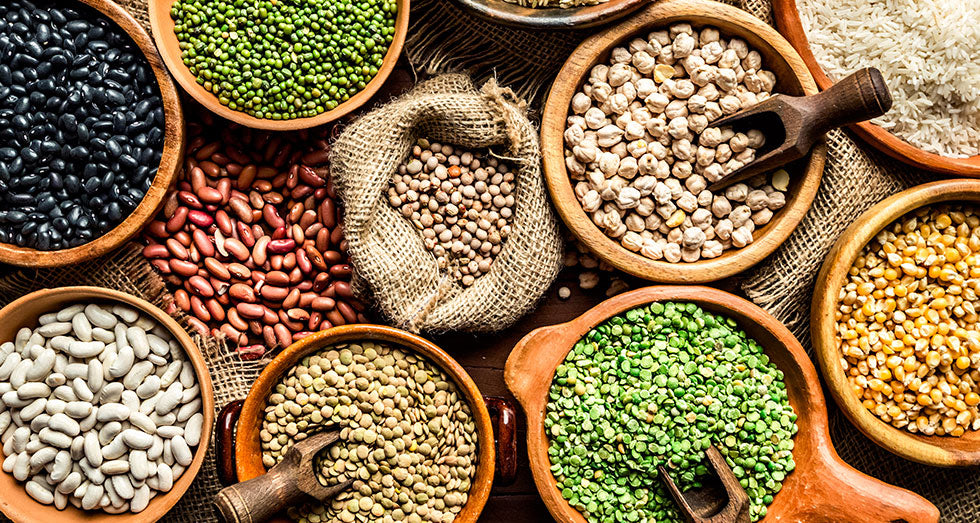Here are three super-simple, super-small baby steps for you to breeze through your emergency preparations.

1. Learn the difference between dehydrated foods and freeze-dried foods
Dehydrated = most of food’s water is removed naturally or via heat
Freeze-Dried = food is flash frozen, placed in a vacuum chamber and sublimated
Sublimation = ice is changed directly from a solid to a gas and removed)
What's the difference? Dehydration is the best way to get rid of moisture for grains, legumes, baking mixes, and some fruits and vegetables (like carrots). Freeze-drying retains much of the foods' appearance, flavor, nutritional value, and it stores longer.
Get more detail on freeze drying and food preservation methods here.
Bonus points for someone who tries either a dehydrated or freeze-dried food for the first time!

2. Add one month’s worth of these non-perishable items to your supply
Personal toiletries like diapers, baby wipes, adult briefs, sanitary napkins, tampons.

3. Learn how to shut off the gas and water to your home
DON’T actually turn off the gas though, ‘cause no one wants to wake up to a cold shower. Plus in your area you might have to pay the gas company to come turn it back on. (Might be good practice for using some of your other preparation gear though...) Click here for instructions.
- Bung wrench
- Emergency gas shut off wrench


2 comments
Anonymous
I use a large rubbermaid (spell?)container to store paper goods. This keeps them from getting dusty and also keeps critters, both large and small, from getting inside.
Anonymous
What s the best way to store your toiletries from bugs or mice I seem to have a small problem